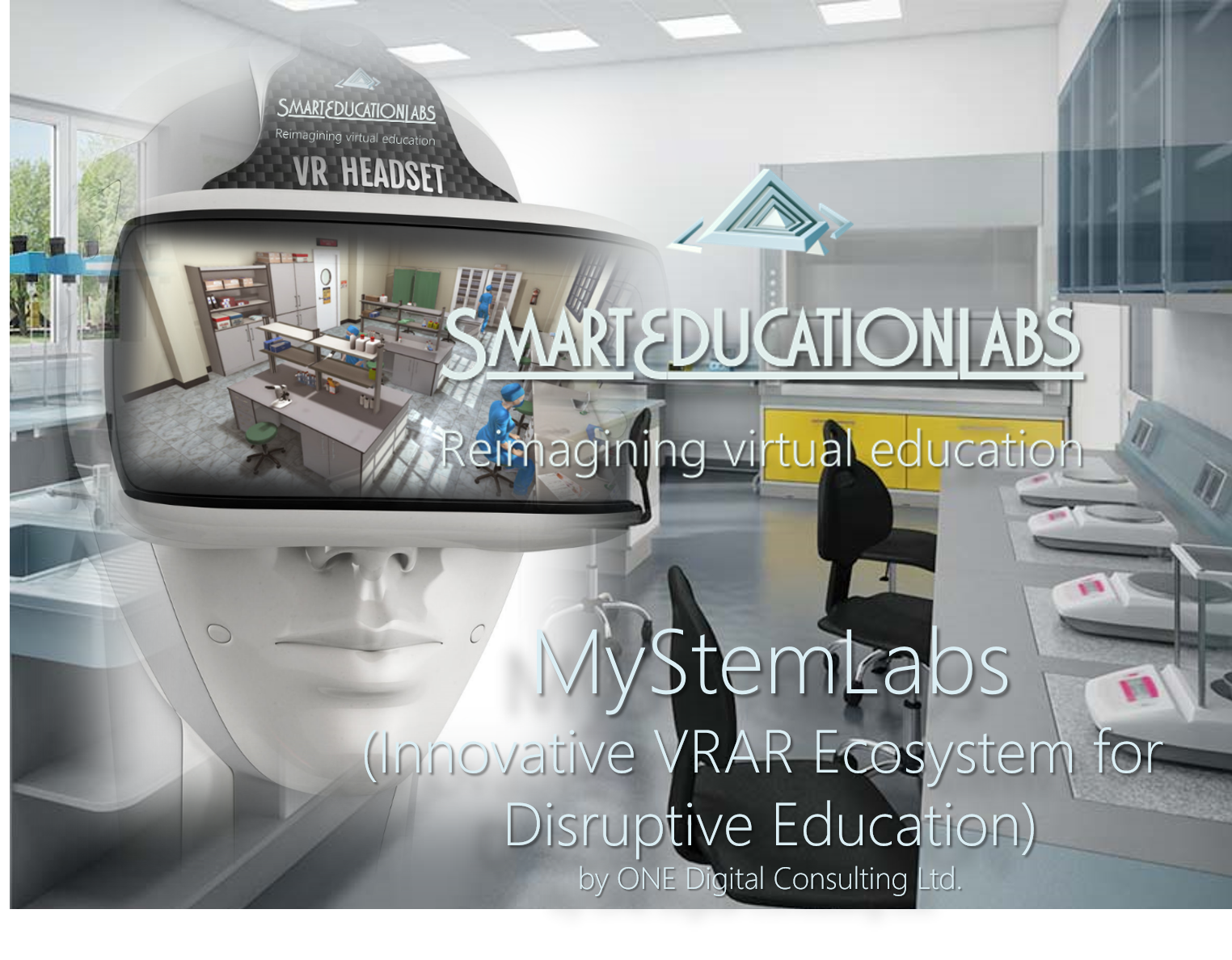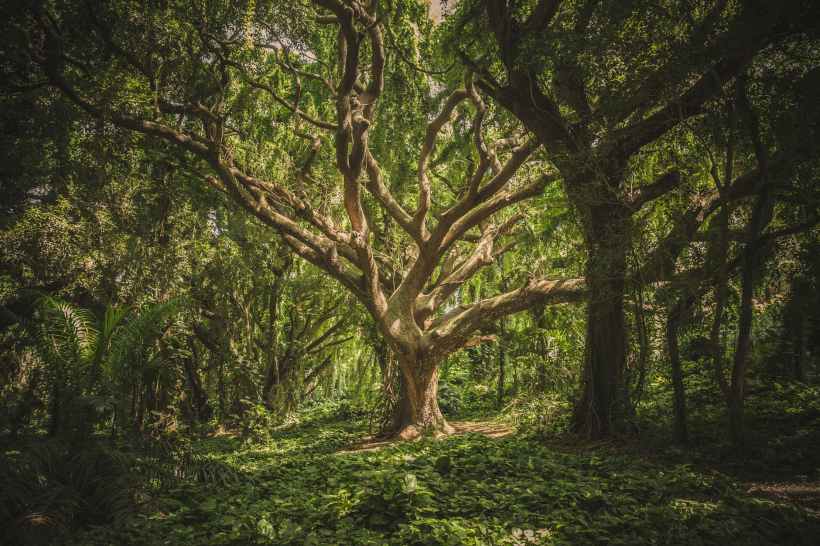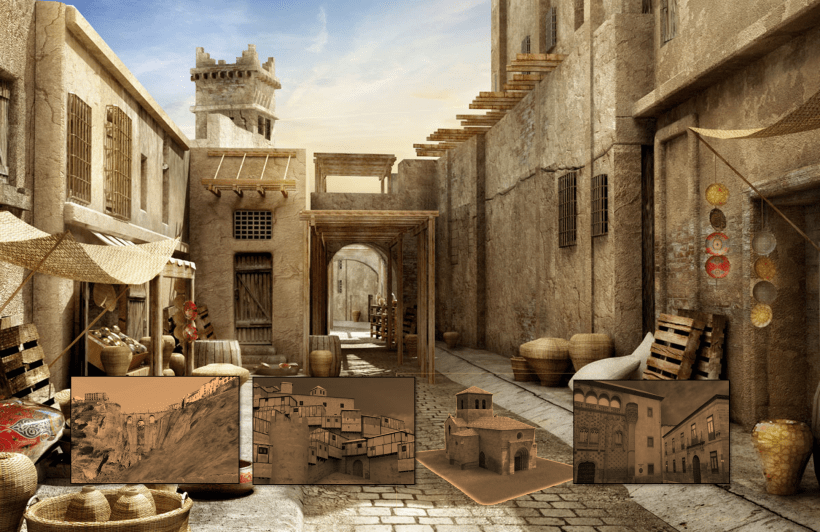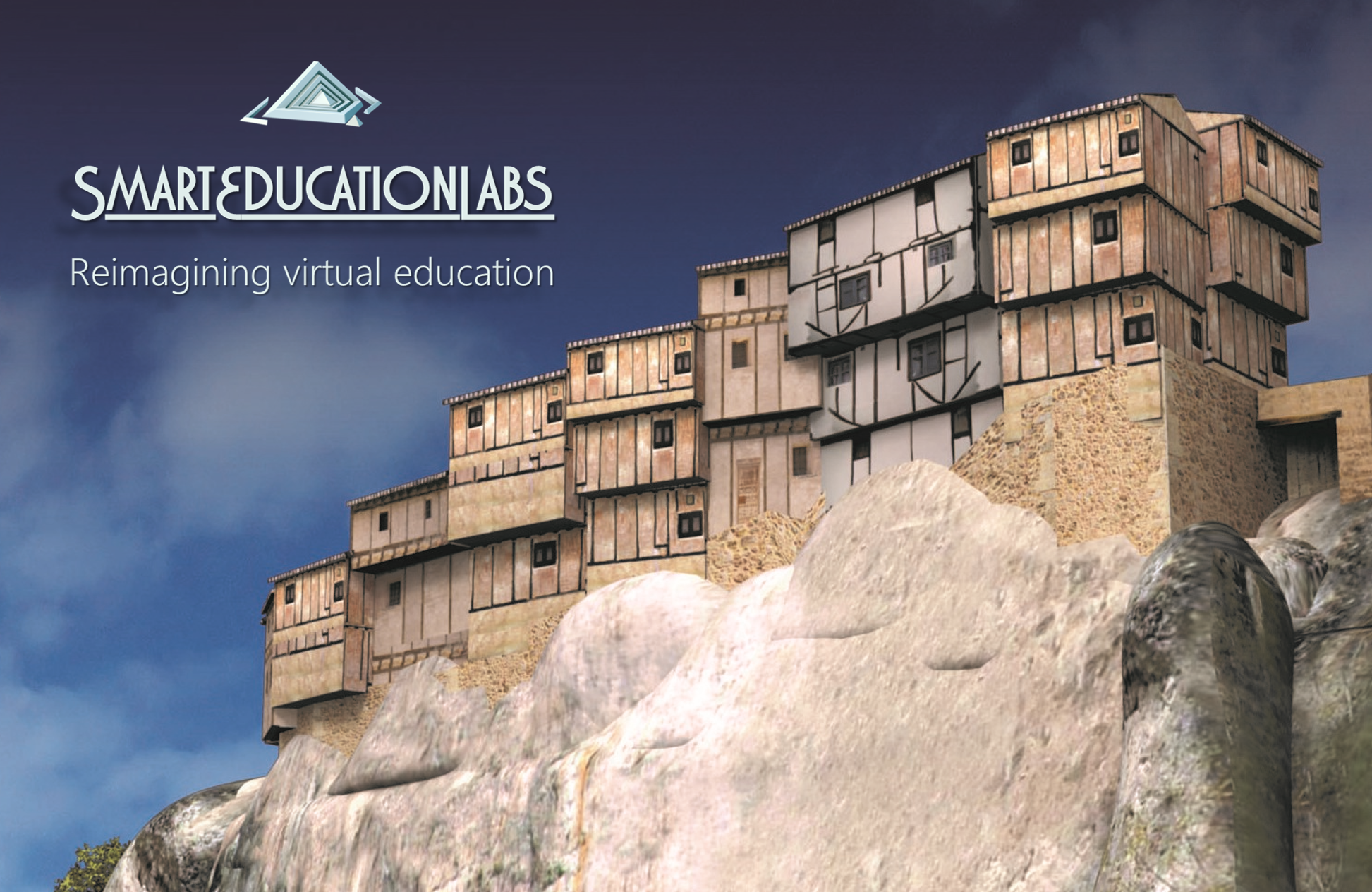La realidad avanzada (virtual, aumentada, mixta) es hoy en día una de las grandes tendencias tecnológicas y en particular en la educación. Sin embargo, si preguntamos a un profesor tipo sobre cuáles cree que son los beneficios de usar la realidad virtual en sus clases, muchos mirarían hacia otro lado, o simplemente no contestarían. Y esto lo hemos podido contrastar en nuestros talleres llevados a cabo a lo largo del curso pasado. ¿Por qué? Porque muchos profesores/educadores se suben al carro de las nuevas tecnologías sin hacer sus deberes previamente. Y al final, los estudiantes se resienten y esto afectará a su proceso de educación y formación de futuros solicitantes/oferentes de trabajo.
Y tras este primer año de experiencias nos preguntamos…¿Está la comunidad educativa preparada para afrontar este gran reto?
Por ello, desde nuestro programa de “Schools of the Future” nos focalizamos especialmente en los profesores y educadores, con el fin de ayudarles a comprender las capacidades y beneficios de las tecnologías avanzadas, su empleo en el aula, la definición de ecosistemas de aprendizaje y su interactuación con metodologías innovadoras.
Según todos los estudios publicados recientemente por las más prestigiosas universidades y consultoras, los estudiantes se sienten atrapados por la tecnología, pero no acaban de dominarla en profundidad. Por lo que el trinomio Profesor/Estudiante/Tecnología debe acoplarse en un nuevo ecosistema, que permita optimizar de una forma eficiente los procesos de aprendizaje y los resultados requeridos para los ciudadanos del futuro.
Es cierto que, mediante un sencillo dispositivo de VR y un dispositivo móvil, los estudiantes pueden ser transportados a lugares y entornos inimaginables. Esto mejora su experiencia de aprendizaje, ayudándoles a visualizar cosas que anteriormente solo eran teóricas. Pero esto no es suficiente. Es necesario que el nuevo ecosistema encuentre su espacio, su porque y el cómo. Dando contestación a problemas de la vida real, algo que de otra manera sería muy costoso, por no decir, casi imposible.
Espacios Inmersivos
Una de las experiencias más apasionantes que hemos puesto recientemente en marcha han sido los “Learning Resource Centers” en 6 colegios públicos de los Emiratos Árabes.
Cuando uno pasea por los colegios alrededor de su país, todos, o la mayor parte guardan una similitud en lo básico. Pupitres en perfecta alineación enfrentados a una pared, de la que cuelga una pizarra digital o similar.
Algo que uno no encontrará en su futuro puesto de trabajo. La creación de nuevos espacios, más inspiradores y prácticos, que permitan transformar las aulas en lugares para la creación, la inspiración, la colaboración y el aprendizaje, facilita enormemente un nuevo ecosistema educativo.
Un espacio, en donde la tecnología no es un recurso más. Es un espacio de convergencia, en donde los distintos instrumentos, herramientas y tecnologías están al servicio de la comunidad para resolver situaciones, ejercicios y problemas del siglo XXI. La posibilidad de realizar actividades inmersivas, vivir experiencias o practicar en un laboratorio virtual tantas veces como sea necesario, permitiendo la experimentación sin riesgo, son sólo algunas de las ventajas que hoy ofrecen estos espacios. Los estudiantes realizan excursiones virtuales en lugar de simplemente leer un texto; están creando medios en lugar de solo mirarlo. El espacio de recursos de aprendizaje está conformado con tecnología integrada, lo que significa que los estudiantes no solo usan estas cosas, sino que también están entendiendo cómo usarlas para lograr un objetivo específico.
Además, algunos de estos espacios de aprendizaje ni siquiera están en el aula. Algunas facultades y universidades están creando espacios de aprendizaje más informales en el campus, porque entienden la importancia de crear y colaborar sin horario ni restricciones y no solamente durante el tiempo lectivo.
Resultados clave
Existe un creciente interés y la adopción de aplicaciones de realidad virtual y aumentada en la educación, particularmente enfocadas a simulaciones, experimentación y exploración virtual.
El renovado interés se debe en parte a la importante reducción de los costes que se está produciendo en estos últimos años, la disponibilidad de banda ancha, el aumento de la disponibilidad de contenidos educativos y la explosiva popularidad de los juegos de realidad virtual (realidad virtual) y de realidad aumentada (AR) como Pokémon GO.
Sin embargo, todavía existen barreras de entrada importantes a la hora de tomar decisiones de inversión. Y la decisión estratégica de cómo abordar un proyecto de esta envergadura, bien desde la adquisición de dispositivos baratos y contenidos genéricos o con una visión más global y de futuro, desde espacios de futuro y aprendizaje disruptivo. Por otro lado, hay una compensación significativa entre precio y calidad en muchas de las herramientas VR / AR disponibles.
La adopción de estas herramientas a gran escala todavía se encuentra en sus primeras etapas, y es probable que veamos un desarrollo sustancial de nuevas aplicaciones en los próximos años.
Trascendencia

El valor de la aplicación de tecnologías disruptivas viene avalado por los problemas que es capaz de resolver y los beneficios que aportará a corto y medio plazo. La nueva generación de aplicaciones y herramientas VR y AR promete respaldar una amplia variedad de actividades de aprendizaje, que incluyen:
Laboratorios Virtuales para su uso en el currículo de Stem: una aplicación obvia que proporciona la capacidad de lograr la manipulación de objetos que de otro modo serían difíciles o imposibles de usar en clase. Como por ejemplo MyStemLabs.
Experiencias: que permiten a los usuarios experimentar virtualmente viajes a lugares remotos o poco probables, incluidas reconstrucciones históricas, así como la oportunidad de crear relatos y narrativas alrededor de estas experiencias, que fomentan la empatía.
Crear aulas virtuales en las que los profesores puedan simular eventos y experiencias; por ejemplo, la plataforma SmartEducationLabs.
Aplicaciones de Realidad Aumentada, que facilitan la comprensión interactiva con objetos y elementos, Aurasma o ARKit.
Los avances en el uso de VR / AR en los juegos están alimentando las expectativas de los consumidores sobre entornos de aprendizaje atractivos. El interés por crear entornos de juego cada vez más realistas está fomentando las capacidades de la tecnología disponible para su uso en un contexto educativo (mientras que los costos continúan cayendo).
Pero lo que será clave en todo caso, es alinear la tecnología con el plan de estudios. Alinear cuidadosamente el contenido y las herramientas de VR / AR que se centran en las necesidades educativas específicas y la aplicación de metodologías de aprendizaje enriquecido serán la clave del éxito.
Recomendaciones
Diseñe un programa piloto, incorporando al equipo de profesores desde el inicio y un plan de formación del profesorado. Identificando objetivos, indicadores y métricas de seguimiento.
- Incremente el nivel de confort de los profesores con contenido de valor y el proceso del programa educativo.
- Potencie el nivel de conocimiento de los profesores sobre los hechos relacionados con el uso de la tecnología mediante seminarios y talleres específicos ampliando el repertorio de métodos, herramientas y acciones a llevar a cabo en el programa.
- Identificar oportunidades de éxito que permita experimentar con pilotos sencillos y contenidos con necesidades de currículo que coincidan con los productos disponibles, para comprender mejor el alcance del soporte requerido y el tiempo del personal cualificado necesario para administrar el proyecto.
- Desarrolle un conjunto potencial de casos de uso para la realidad virtual y aumentada a fin de ayudarlo a identificar las tecnologías VR / AR que funcionarán bien en el aula y evitar errores costosos. Recomendamos emplear la metodología de trabajo, ajustada a la realidad del centro.
- Cree sus propios contenidos y compártalos con la comunidad educativa, será una experiencia muy enriquecedora y apasionante.
Y finalmente, cree un programa de innovación y convergencia tecnología, para estar al día y evolucionar rápidamente de manera que los estudiantes y los profesores jueguen un rol de equipo. Esto será muy productivo y beneficioso para la comunidad.
Carlos J. Ochoa Fernández ©
![]() He is living now in a privileged place: Guadarrama Natural Park – https://bit.ly/3dDukjB
He is living now in a privileged place: Guadarrama Natural Park – https://bit.ly/3dDukjB![]() Happiest moment in Life: When he becomes a dad – holding his kids.
Happiest moment in Life: When he becomes a dad – holding his kids.![]() Last Impact Message to the world: “Build a big forest” – Metaphor to build a “big community” as a base for sustainability growth.
Last Impact Message to the world: “Build a big forest” – Metaphor to build a “big community” as a base for sustainability growth.![]() The Education system is hard to Change.
The Education system is hard to Change.![]() Blade Runner 2049 (https://bit.ly/3A1Z5WQ is an example that VR did not change that much since 2017.
Blade Runner 2049 (https://bit.ly/3A1Z5WQ is an example that VR did not change that much since 2017.![]() Experience with building Smart Education Labs with VR
Experience with building Smart Education Labs with VR![]() Important to increase Accessibility of Technology to poorer countries – Reminded me to our last interview with Alfredo Serrano
Important to increase Accessibility of Technology to poorer countries – Reminded me to our last interview with Alfredo Serrano ![]()
![]() Favorite professional project: “Music with 5 senses” – Virtual Concerts to CONNECT:
Favorite professional project: “Music with 5 senses” – Virtual Concerts to CONNECT:![]() Creativity
Creativity ![]() Values
Values ![]() Nature
Nature![]() Citizens
Citizens![]() VR could help the Coaching Industry facilitate Engagement, Empathy, and Connection. Important the Environment, Story, and Technology used (for interaction). OpenBCI uses Neuroscience with VR.
VR could help the Coaching Industry facilitate Engagement, Empathy, and Connection. Important the Environment, Story, and Technology used (for interaction). OpenBCI uses Neuroscience with VR.![]() Last Impactful message to Startups and Entrepreneurs
Last Impactful message to Startups and Entrepreneurs ![]() : Unique vision, Build Trust, Work a lot, Value Time, Strong Team, Good mentors, Create a Business Plan (importance of performing a Market Analysis, know your competitors!)
: Unique vision, Build Trust, Work a lot, Value Time, Strong Team, Good mentors, Create a Business Plan (importance of performing a Market Analysis, know your competitors!)



